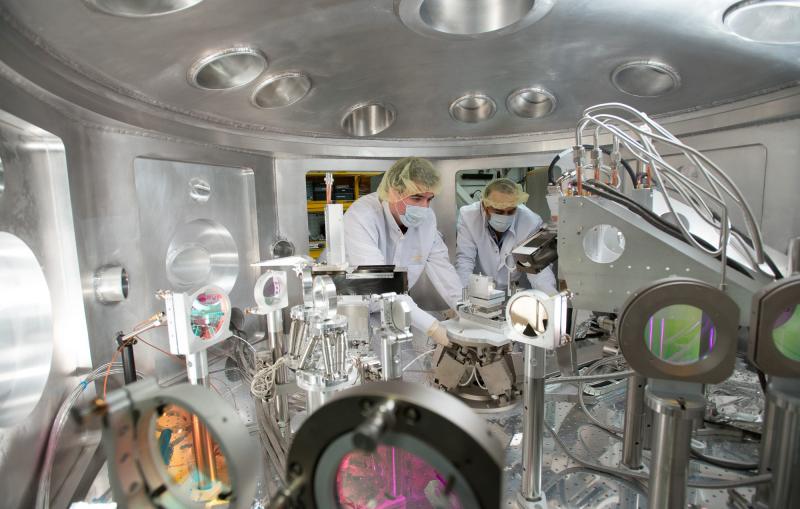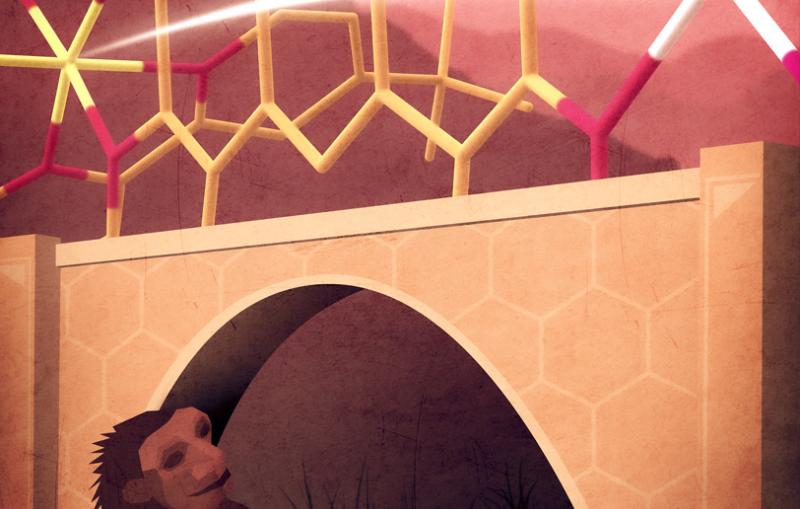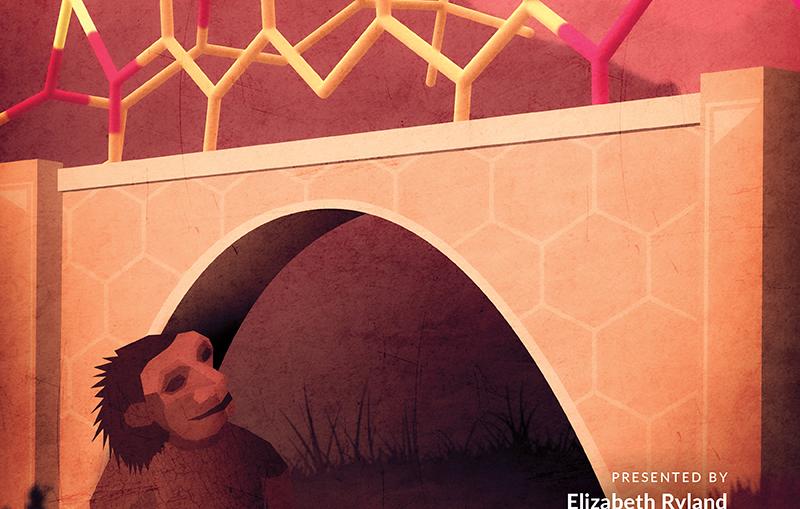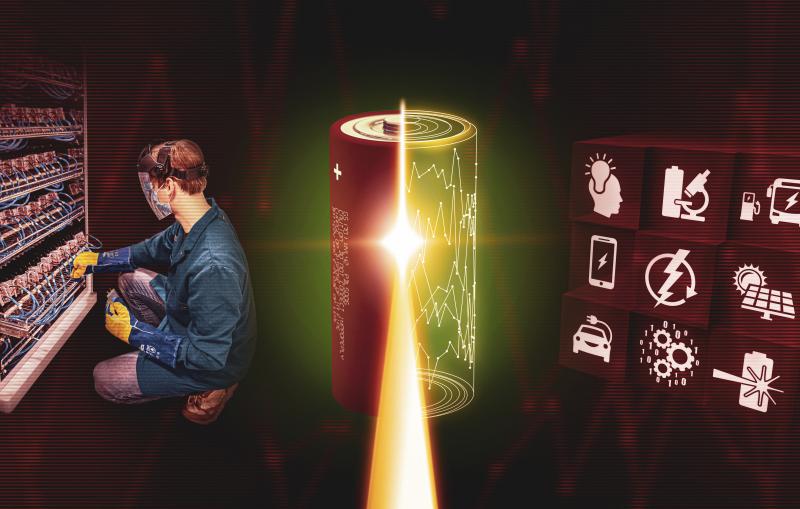ah
ziwei say I'm a graduate student working
in professor uterus group so right now
we are at the energy storage lab at SLAC
National Laboratory in Stanford
University lithium-ion batteries are
currently widely used in many consumer
devices today such as laptops and cell
phones
however there's every increasing demand
for better batteries today for many
emerging applications such as electric
vehicles for example electric vehicle
right now might be able to travel say 75
miles and with the technology that we
develop in our lab we can potentially
extend the driving range to about 4 to
500 miles which is like about five times
longer in current lithium-ion batteries
today the positive electrode also known
as the cathode is usually made up of
lithium metal oxide and what we are
developing is this next generation
cathodes based on sulfur sulfur not only
can store about five times more charge
per unit weight compared to little metal
oxides it is also low cost and widely
available
here in our lab we are taking the new
sulfur based materials that we developed
and mixing them with carbon to form the
cathode material which would then be
assembled into a coin cell with lithium
as the anode and this coin cell would
then be tested to see the amount of
charge you can deliver during cycling
and we have been seeing some pretty
impressive performance so far many labs
all around the world
have also started to demonstrate
impressive cycling performance for
lithium sulfur batteries and moving
forward we can definitely see a future
with our laptops cell phones and
electric vehicles running on these
batteries which can potentially last
about five times longer than current
ones we have today





